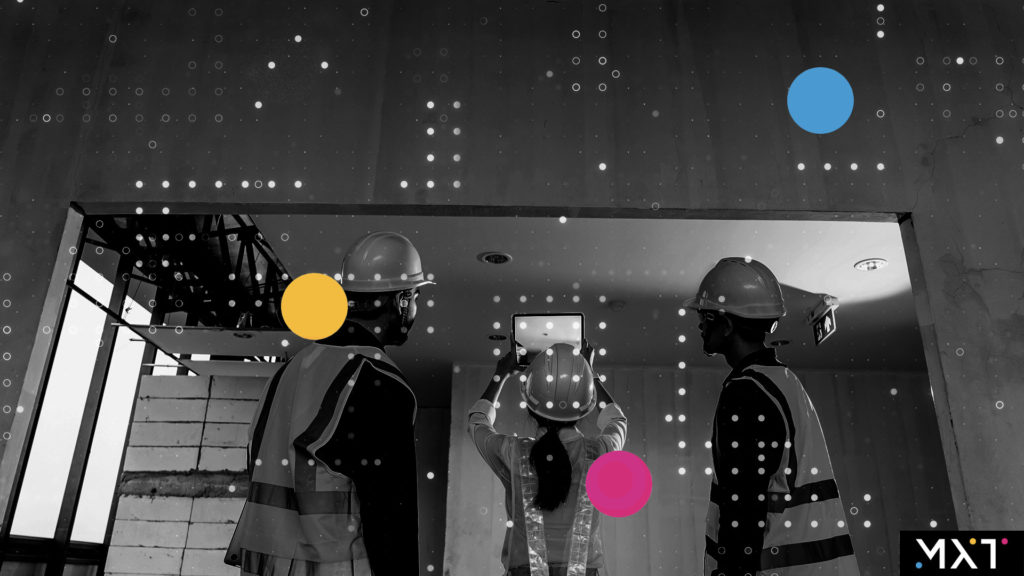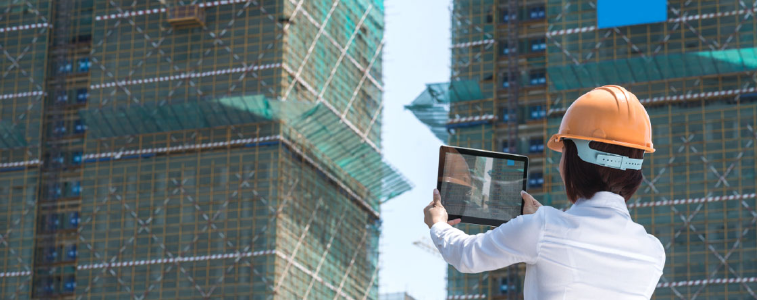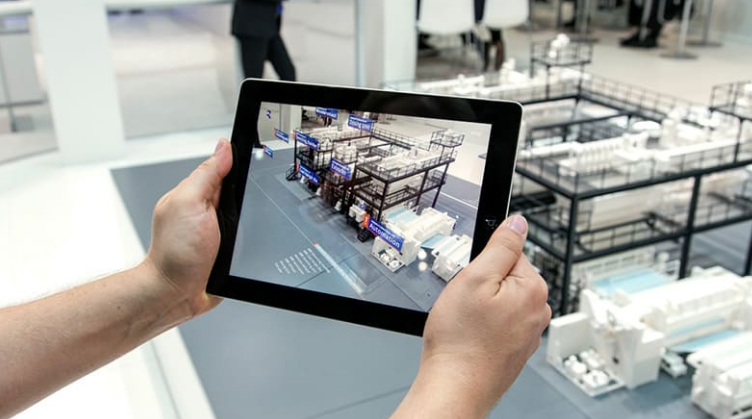
What is AR/VR/MR Construction?
Augmented reality (AR) is quickly becoming indispensable in the construction industry. AR/MR Construction offers various benefits to contractors, engineers, and other construction professionals. AR helps bridge the gap between traditional 2D drawings and physical environments allowing contractors to gain better insights into their projects. AR provides a three-dimensional view of a construction site and its various components, such as walls, pipes, and electrical wiring which allows users to interact with digital information and content in a real-world environment. These tools can help construction companies to visualize projects, review data, make decisions, and communicate with team members in real time. Theoretically, using VR/AR and MR to plan a project can enormously reduce the costs while delivering better results. As a result, this technology has been widely adopted by many major construction firms in recent years.

Problem Statement
In the world of construction and design, visualizing and simulating the building design in real-time and allowing designers and engineers to identify and resolve design errors before construction begins are the big issues that all professionals have encountered! Now the questions are “How can AR/MR can be used in construction process? Does AR/MR Construction can make the construction process smoother, faster, and more cost-effective? Does this technology can provide workers with accurate 3D models and real-time data, and helps to reduce errors and make more informed decisions throughout the project?”.

Thesis
This thesis statement and podcast are going to explore the impact of augmented and mixed reality technologies on the construction process and its potential to improve project planning, communication, and safety. To support this thesis statement, we would find out the following topics:
? An overview of AR/MR technologies and their applications in the construction industry.
? Analysis of construction process for one of the largest medical centers in Vancouver in Canada that have implemented AR/MR technologies to improve project planning, communication, and safety.
? An evaluation of the effectiveness of AR/MR technologies in addressing key construction industry challenges, such as safety, communication, and productivity.
? Recommendations for future research and practical applications of AR/MR technologies in the construction industry In the following podcast we are going to interview one of the experts in BIM technology who has an experience in AR/MR in Construction to give us a comprehensive analysis of the potential benefits and challenges of AR/MR technologies in the construction process and offer insights into how these technologies can be leveraged to improve project outcomes.

Podcast Interview Questions:
- Initial questions:
How did you start this path in your career?
Would you explain the BIM terminology in Architecture and Construction?
What triggered your interest in AR/MR in your career and in general in BIM? - What are some of the most innovative ways that AR and MR are currently being used in the construction industry?
- How can AR and MR technology improve the efficiency and safety of construction projects?
- Can you provide examples of how AR and MR technology have been used to solve specific construction problems?
- How does the accuracy of AR and MR technology compare to traditional construction methods?
- How can AR and MR technology be used to improve collaboration and communication among project stakeholders?
- What do you see as the future of AR and MR technology in the construction industry?

Guest Speaker
M. Balil Yasir
Integrated Construction Technology Specialist at PCL Construction BIM passionate M.Eng (Civil) with specialization in Project & Construction Management from the University of British Columbia, Canada. Currently working at New St. Paul’s hospital project. Interested in buildings projects with BIM goals. Focused on Lean Construction, Fast-tracking, IPD, BIM tools, and LEED systems. Worked for a year at Havellian-Thakot (120 km) Highway project. Organized, hardworking, and motivated Civil Engineer.
Conclusion
AR/MR in Construction process is an emerging technology that has the potential to revolutionize the construction industry. By utilizing augmented reality, construction companies can reduce costs and increase productivity while improving safety and accuracy on the job site. While there are still some limitations to using AR in construction, such as difficulties in accurately identifying shapes and objects in 3D environments, it has the potential to become an invaluable tool for the industry. As technology advances and becomes more widely adopted, it is expected that AR Construction will become a standard part of construction operations in the future.

